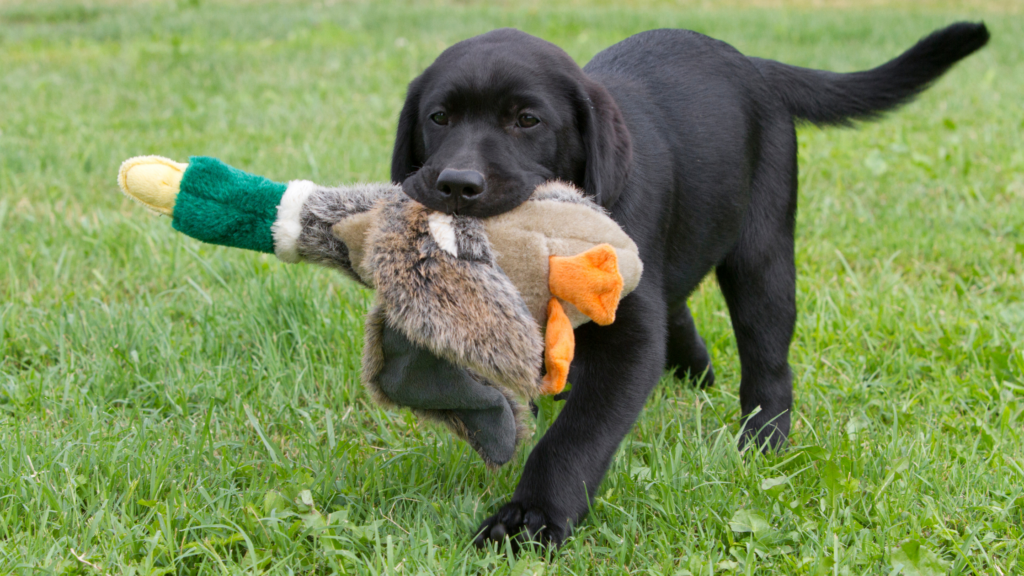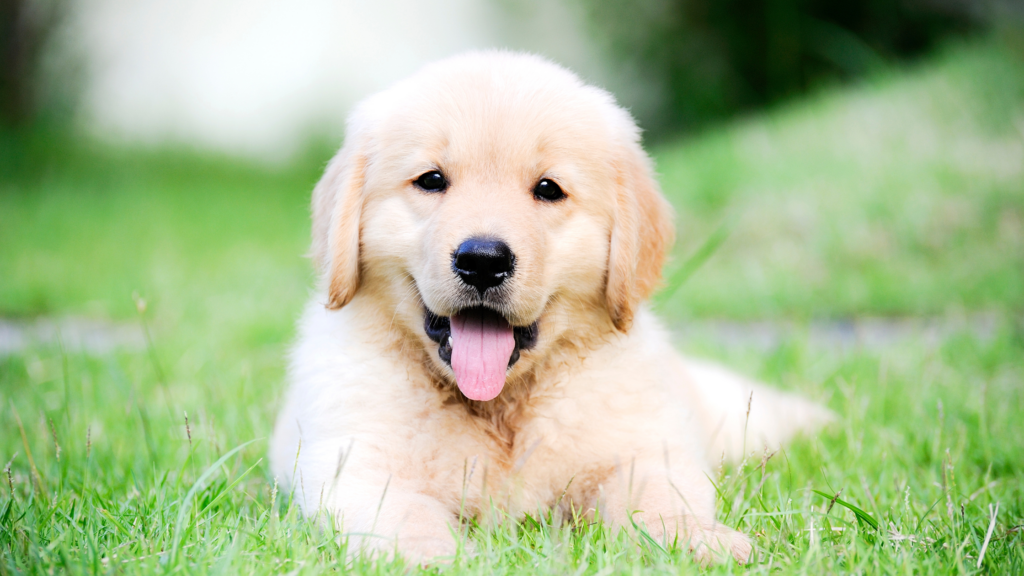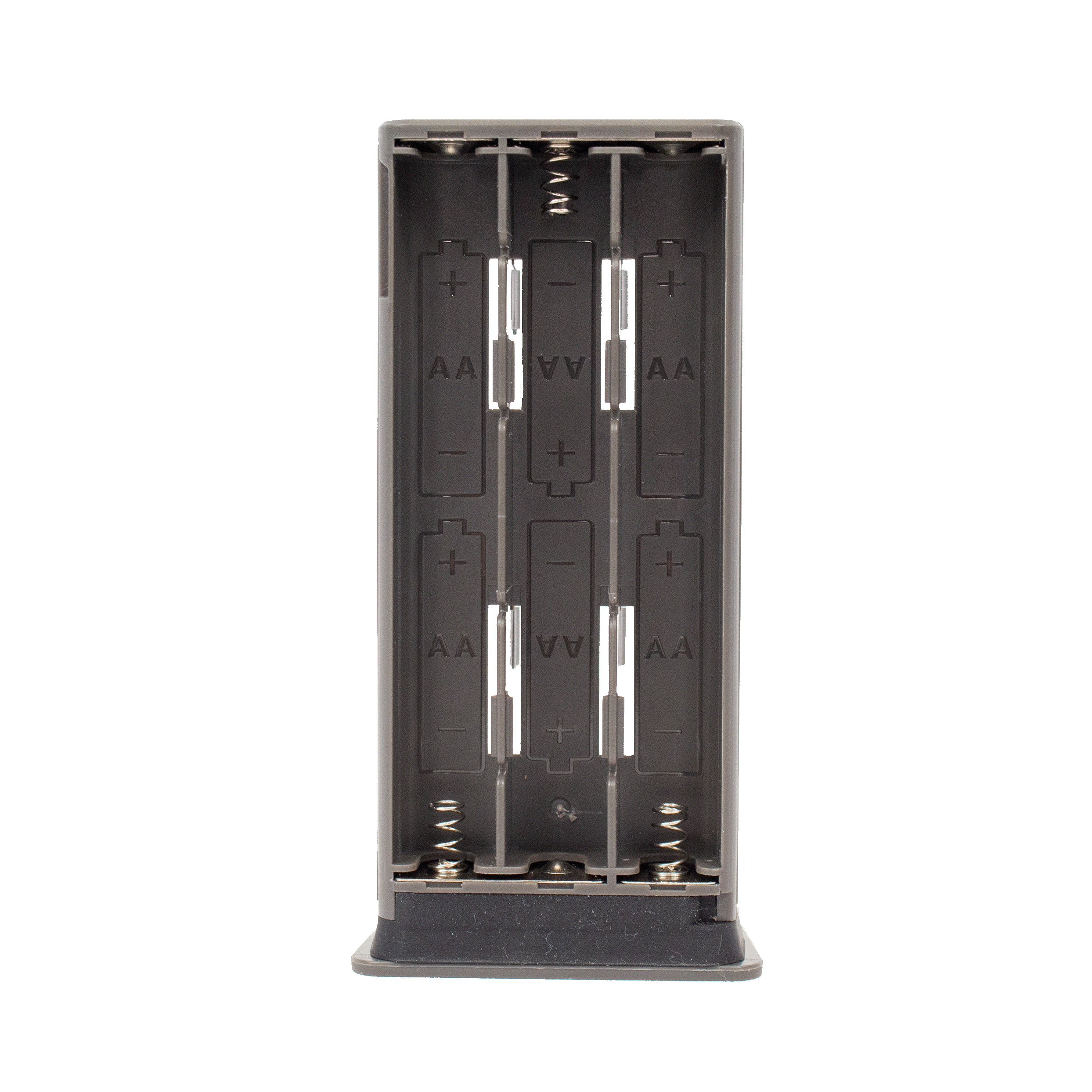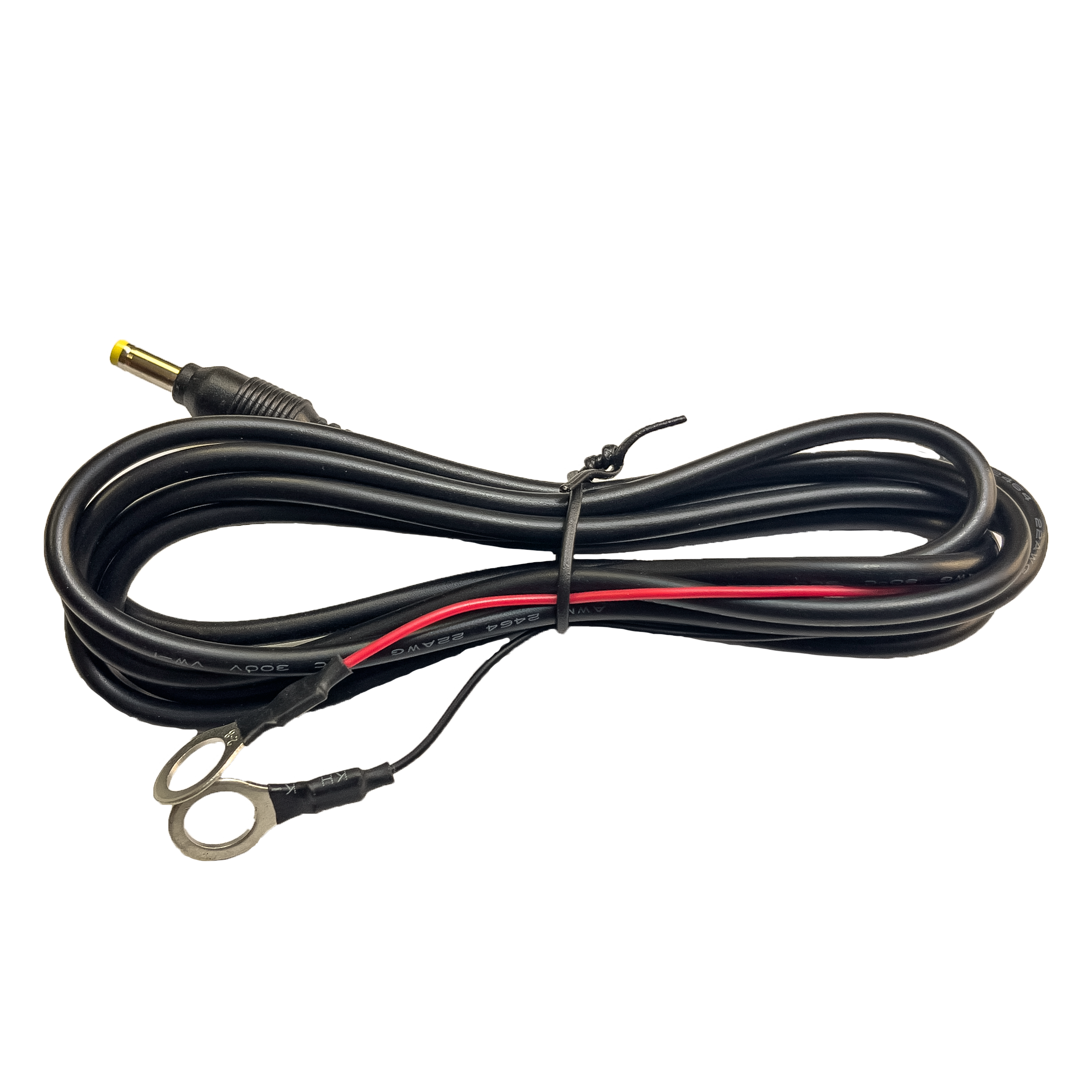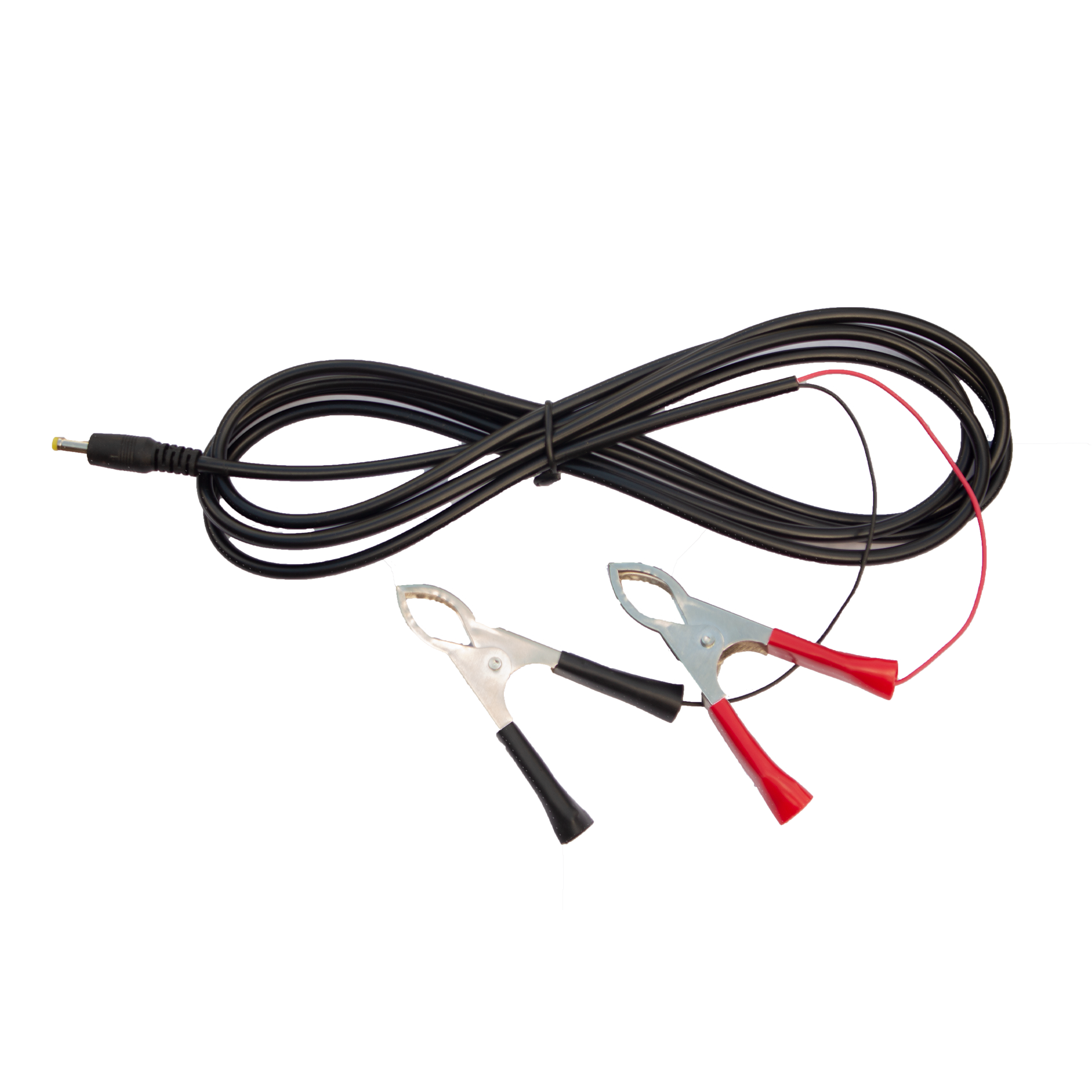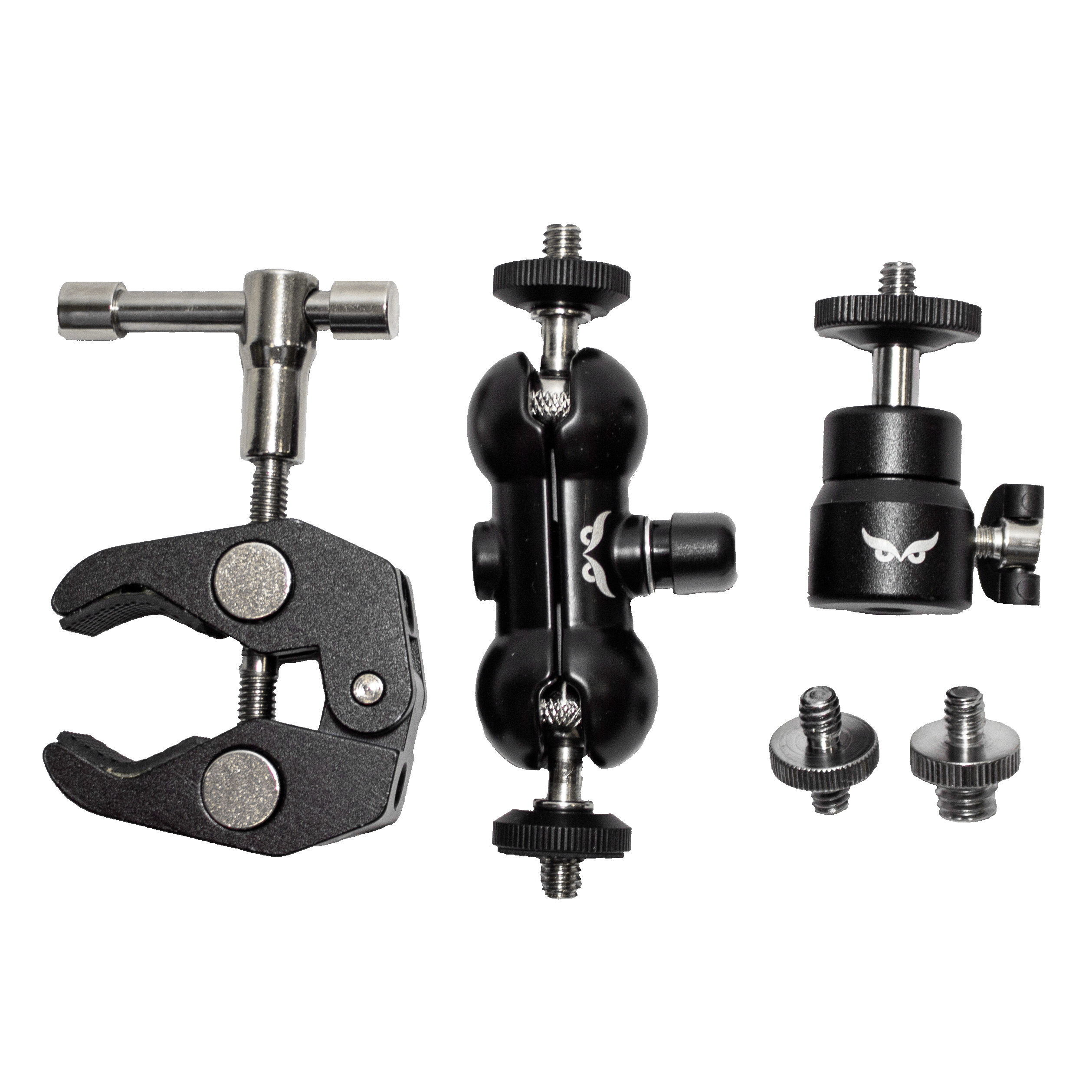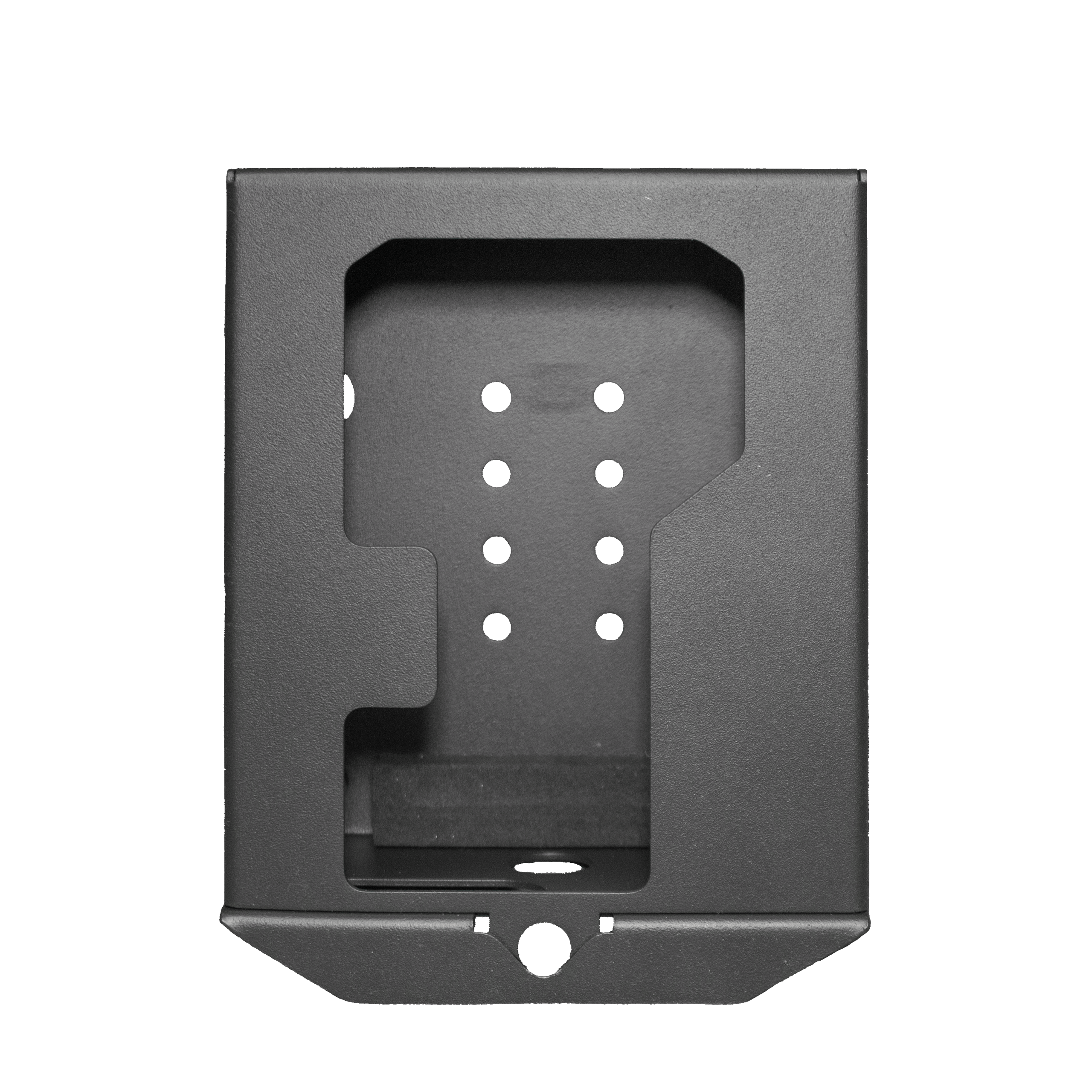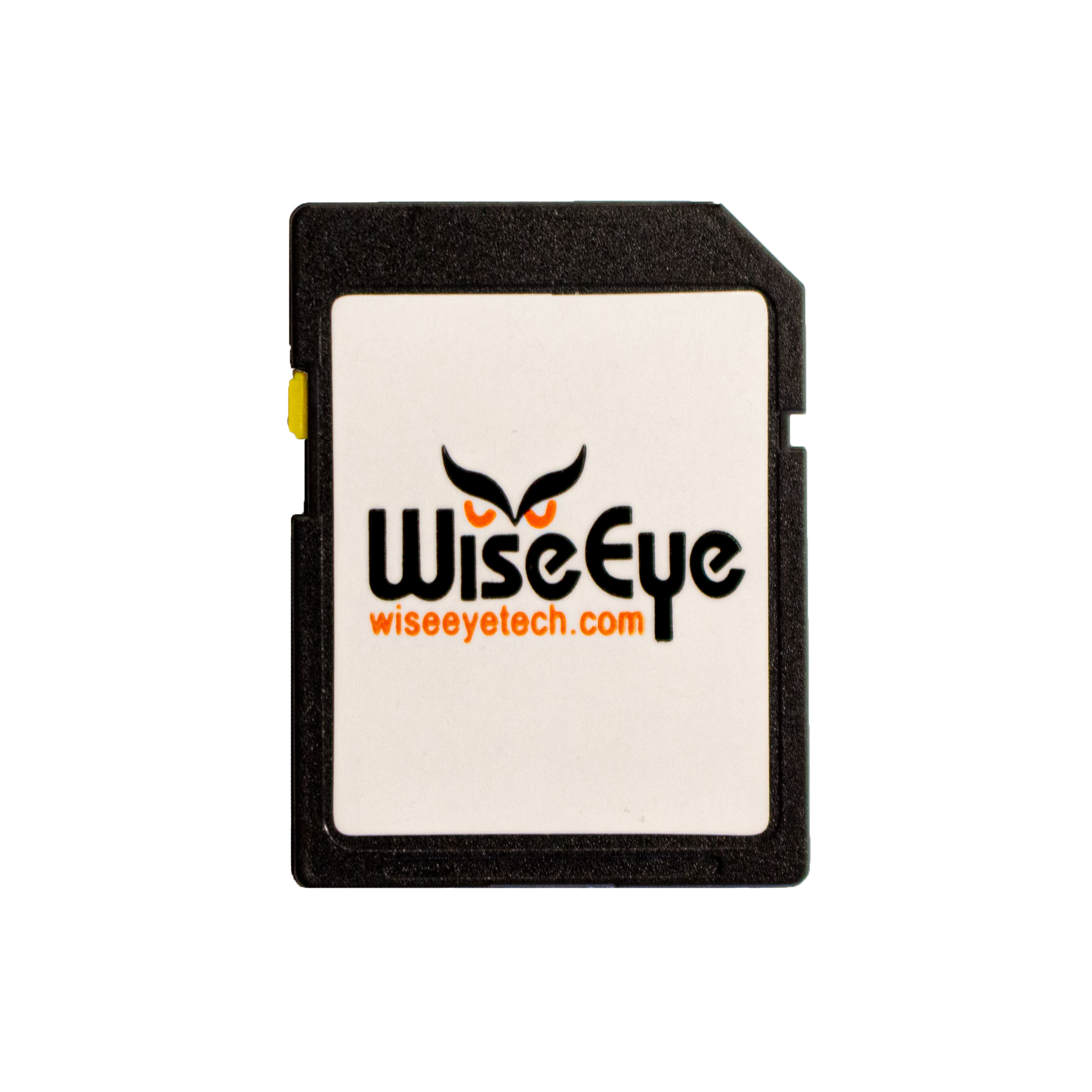Training a puppy is one of the most rewarding yet challenging parts of owning a dog, especially when preparing for hunting. Establishing a solid foundation early on ensures a well-behaved and reliable companion for both home and fieldwork.
Puppy training is not just about obedience; it’s about developing trust, communication, and control. Whether you’re training a family pet or a future hunting partner, these five essential commands are critical in shaping a well-rounded and disciplined dog.
Let’s dive into the key commands every dog should know, especially if they’re to become your reliable partner in the field.
Why Puppy Training Matters for Hunting Dogs
Hunting dogs are bred to be loyal, agile, and intelligent, but without proper training, even the most naturally gifted pup can become unruly or distracted. Puppy training gives them structure and helps build focus.
A 2021 study published in Current Biology revealed that puppies are naturally wired to communicate with humans, even from a very young age, which is crucial for training success. It’s essential to instill these core commands early on to ensure they can handle complex tasks in high-stakes environments. From fetching game to waiting patiently, these commands will shape how your dog performs in the field.
1. Sit: The Foundation of Control
The “sit” command is often the first step in a puppy’s training and for good reason. It sets the tone for other commands by teaching your dog patience and attentiveness. A dog that sits on command is easier to manage both at home and in the field, especially during the excitement of a hunt.
Step 1: Hold a treat close to your puppy’s nose.
Step 2: Slowly move your hand up, allowing their head to follow the treat and causing their bottom to lower.
Step 3: Once they’re in a sitting position, say “Sit” and give them the treat, paired with praise.
2. Stay: Building Patience and Focus
“Stay” is invaluable for any dog, but for hunting dogs, it becomes even more critical. Teaching your dog to stay can help them remain in position while you assess the field or make decisions without them running off prematurely.
Step 1: Ask your dog to sit.
Step 2: Open your palm in front of their face and say “Stay.”
Step 3: Take a few steps back. If they stay, reward them with a treat.
Step 4: Gradually increase the distance as they get better at staying in place.
Be patient with this command; it takes time, especially for energetic puppies. But consistency is key!
3. Come: The Lifesaver Command
The “come” command is crucial for safety, especially when training hunting dogs who will often be working off-leash. A well-trained dog should return to your side promptly, whether they’re retrieving a bird or simply wandering too far.
Step 1: Attach a long leash to your dog, allowing them some distance.
Step 2: Say their name followed by “Come” in a happy, inviting tone.
Step 3: Gently pull the leash toward you if necessary, rewarding your puppy with a treat when they reach you.
Always reward with enthusiasm and positivity. Over time, the come command can even save their life if they’re in danger or approaching a road.
4. Heel: Walking With Discipline
Teaching your dog to “heel” ensures they walk beside you without pulling on the leash. This command is essential for hunting dogs, as it guarantees they move in sync with you, staying alert without rushing ahead. Whether walking to a field blind or tracking game, a dog that heels stays focused and controlled.
Step 1: Start with your dog on a leash, standing beside you.
Step 2: Use a treat to get their attention and say “Heel” while moving forward slowly.
Step 3: If they pull ahead or fall behind, stop moving and gently guide them back to your side.
With time, your dog will learn to stay by your side even without a leash, an essential skill in open hunting environments.
5. Fetch: More Than Just a Game
Fetch isn’t just for fun—it’s a vital skill for hunting dogs, especially retrievers. Teaching your dog to retrieve on command ensures they can assist in bringing back game, making them an active participant in your hunting efforts.
Step 1: Start by throwing a favorite toy or training bumper a short distance.
Step 2: Encourage your dog to chase it with enthusiasm, using the “Fetch” command.
Step 3: When they pick up the item, call them back with the “Come” command, rewarding them when they return it.
Consistency in practicing fetch helps build your dog’s retrieval instincts, which will be vital for field training later on.
Advanced Tips for Hunting Dog Trainers
While these five commands form the foundation of puppy training, hunting dog trainers can take it further with specialized tasks that match their hunting style. Whether training for upland game, waterfowl, or tracking, these advanced skills build on the basics:
Whistle training: Use a whistle to reinforce commands like sit, stay, or come. This method is particularly effective when your dog is far off in the field.
Hand signals: Some trainers prefer to use hand signals in conjunction with verbal commands for more precise communication.
Recall under distraction: Gradually introduce distractions into your training to ensure your dog obeys even when they’re excited by sights, sounds, or scents in the field.
Remember, patience is key when training a puppy, especially a hunting dog. Take the time to reinforce these skills in short, regular sessions and ensure training remains a positive experience for both of you.
Common Challenges in Puppy Training
Even the best puppies can face setbacks during training. Here are some common challenges and how to overcome them:
Lack of focus: Puppies, especially those with high energy, may struggle to focus. Keep training sessions short and engaging. Use high-value rewards like treats or playtime to maintain their interest.
Inconsistent responses: If your puppy responds inconsistently to commands, ensure you’re using the same cues every time. Repetition and consistency are essential.
Fear or anxiety: Some dogs may feel anxious or afraid during training. Avoid punishing mistakes; instead, use positive reinforcement and take breaks when needed.
Conclusion
Training your puppy is an investment of time and effort that will pay off immensely, particularly if you’re grooming them to be a hunting dog. These five essential commands—sit, stay, come, heel, and fetch—are the building blocks for a well-behaved companion both at home and in the field. Training isn’t just about teaching obedience; it’s about fostering a bond with your dog that’s built on trust, communication, and mutual respect.
Whether you’re a seasoned hunting enthusiast or just getting started, mastering these commands will ensure you have a reliable, eager-to-please partner ready for any adventure.
Ready to take your dog training to the next level?
Visit HuntEmUp today to explore our wide selection of top-quality hunting and dog training products!
Whether you’re a seasoned hunter or just getting started, we have everything you need to succeed in the field. Don’t miss out – equip yourself with the best, and take your hunting game to the next level!
